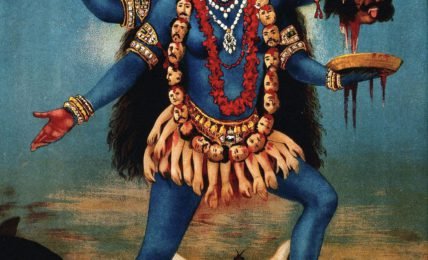What is the “Gita”
The Gita is the representative literature of Indic civilization. No other work encompasses in itself, to the extent it is possible, the historical development of the people in philosophy, culture and metaphysics, ethics and literature. The essence of Vedanta connecting the thread of wisdom, its sutra, from the Vedas and the Upanishads weaves the essential fabric of this Ultimate Upanishad. Nor is the Gita solely dedicated to Vedanta only. It synthetises in itself the philosophy of Sankhya, even its atheistic dualistic darshana, integrates the movements of Vaishnava bhakti in its discourse, absorbs the essence of yoga and karma yoga, and builds them into a vast comprehensive experience and vision.




